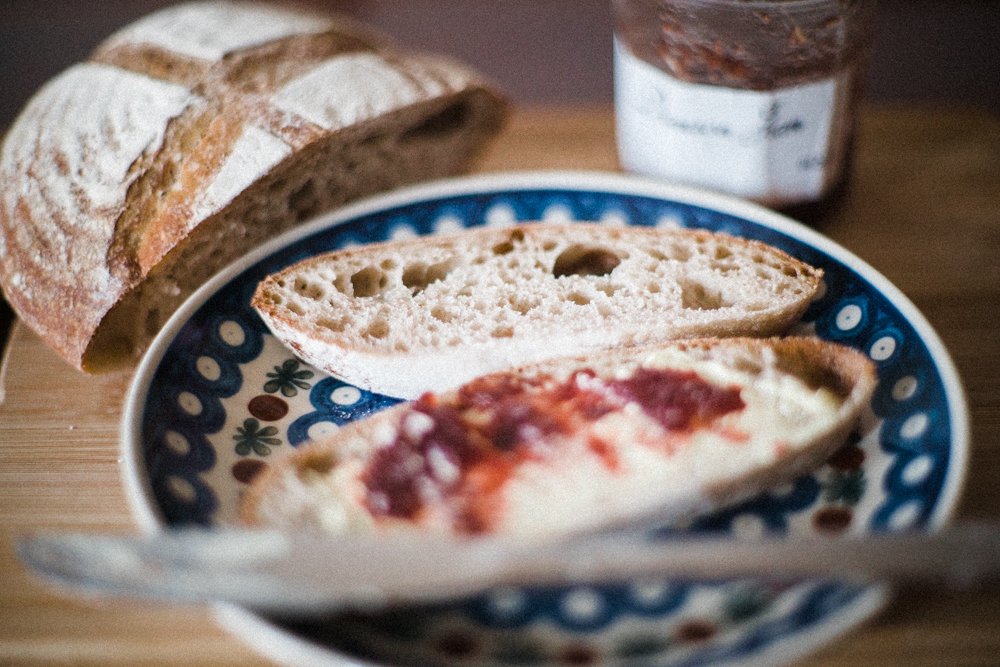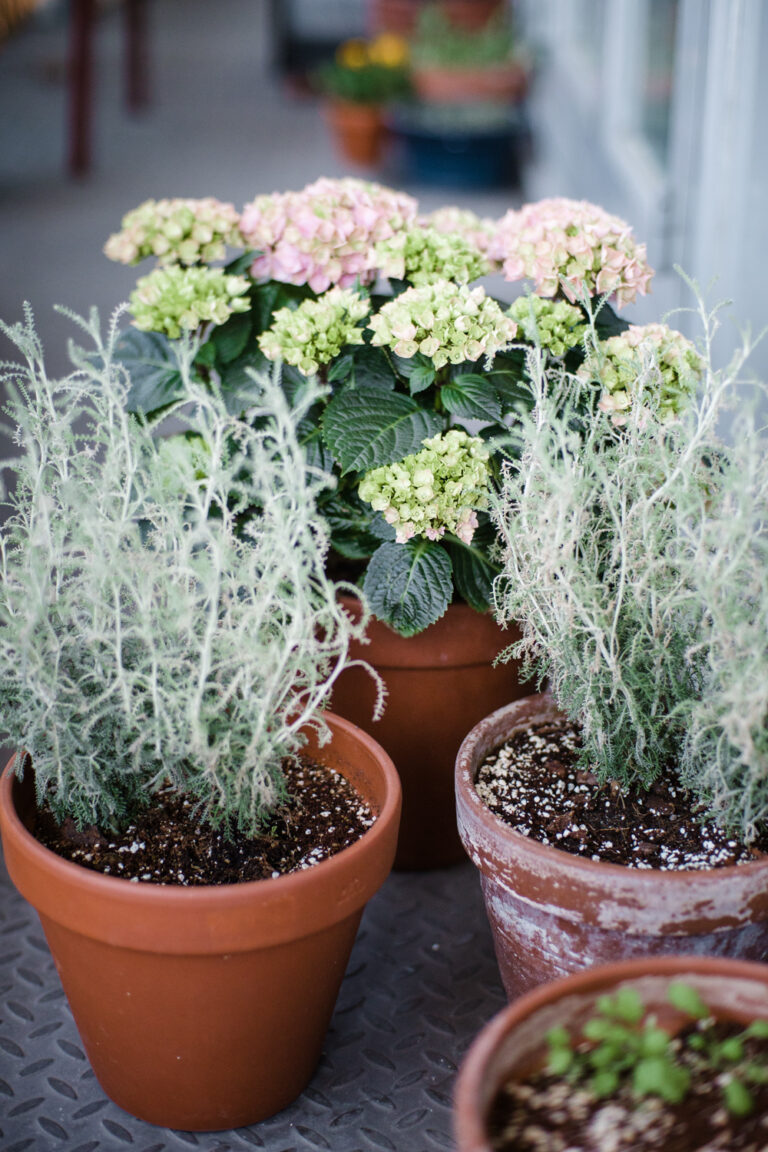Sourdough Diaries | On Doing Things ‘Properly’
Home »
16.03.2022

Four years ago today, I mixed equal parts flour and water in an attempt to make my own sourdough starter. It wasn’t my first foray into sourdough, or bread for that matter. Ed and I have made bread for years. Mum taught me how to make bread when I was a child, and Ed and I have always made quick rise loaves using instant yeast. They’re much tastier than supermarket bread, and they are quick and easy to make. The bread you get from throwing ingredients in the mixer and leaving the dough to rise just once in tins is perfectly adequate for toast and sandwiches, but it’s nothing spectacular.
In 2012, I got Ed a book about bread for his birthday. It’s River Cottage Handbook No.3 and we set about trying to make a wild yeast starter straight away. Something went wrong, our starter went mouldy, and the stench was so stomach churning that as we held our breath and poured the foul substance down the sink, we promised ourselves we’d never try that again. Well, six years later, my memory of the odour had faded enough to give it another try. This time I was successful.
For the past few years I have been very relaxed with my bread baking. I generally haven’t bothered to weigh my ingredients and couldn’t tell you how hydrated my starter is, other than I like it to look like pancake batter. My bread always turns out well; a good crumb, tasty, a moderate number of holes, and a nice crust. My loaves are not showstoppers though. Just good, honest loaves made with wild yeast. They look very homemade, and I am not ashamed of that.
I am perfectly happy with my relaxed method of baking sourdough bread, but out of curiosity and a desire to teach Ed how to make sourdough, I am getting back to basics and trying to follow a more detailed and exact recipe in this current season of bread baking. I have stripped back my starter back to remnants and rebuilt it with an exact 1:1 ratio of flour to water, in grams. This has made me realise that I was favouring a very soupy starter which probably was somewhere around 120% – 150% hydration.
Rather than follow any particular baker’s recipe, I have decided to create my own recipes using baker’s percentages as a guide. Note: baker’s percentages are not the same thing as regular percentages. They are based on bulk flour weight, not bulk dough weight. Baker’s percentages allow me to scale ingredients up or down, and compare bread recipes made with different levels of hydration. I am hoping that this method of baking sourdough bread will give me a good feel for how hydration influences crumb and crust. I secretly like how nerdy it all is.
The formula I am using is based on one I found here but I have reduced the salt from 2% to 1%, because when I weighed it I thought that 2% looked like far too much salt – nearly two teaspoons or 10g salt per 500g flour.
100% flour
65 – 70% water
1 teaspoon sea salt
20% ripe sourdough starter, fed with a 1:1 ratio using wholemeal flour
Based on 500g flour, I calculate how much water I need. For a 65% hydration dough, I would use 325g water. However, these figures for flour and water need adjusting once I have calculated how much starter I am going to use, so as to maintain the hydration. 1 teaspoon of salt is equivalent to 5g or 1% salt.
20% starter is equivalent to 100g, but broken down it includes 50g flour and 50g water. So, I remove 50g from each of my flour and water weights and my recipe for a 65% hydration dough is as follows:
450g flour (400g white, 50g wholemeal or rye)
275g water
100g ripe starter
1 teaspoon salt
I am in the early days of testing this recipe, and I am baking with supermarket own brand flour from Tesco or the Co-op. Nothing fancy. 11.8% protein, so it’s a strong flour but not the strongest. I have considered buying some fancy organic flour in bulk from a mill, but I do not have the space to store a 16kg sack of flour in my kitchen, or anywhere else in my flat for that matter. Supermarket own brand flour might be the sort of flour that artisanal sourdough bakers sniff at, but it works just fine and I find it easier to buy my flour in small batches as and when I need some given that I have such a small kitchen and very limited cupboard space for food storage.

